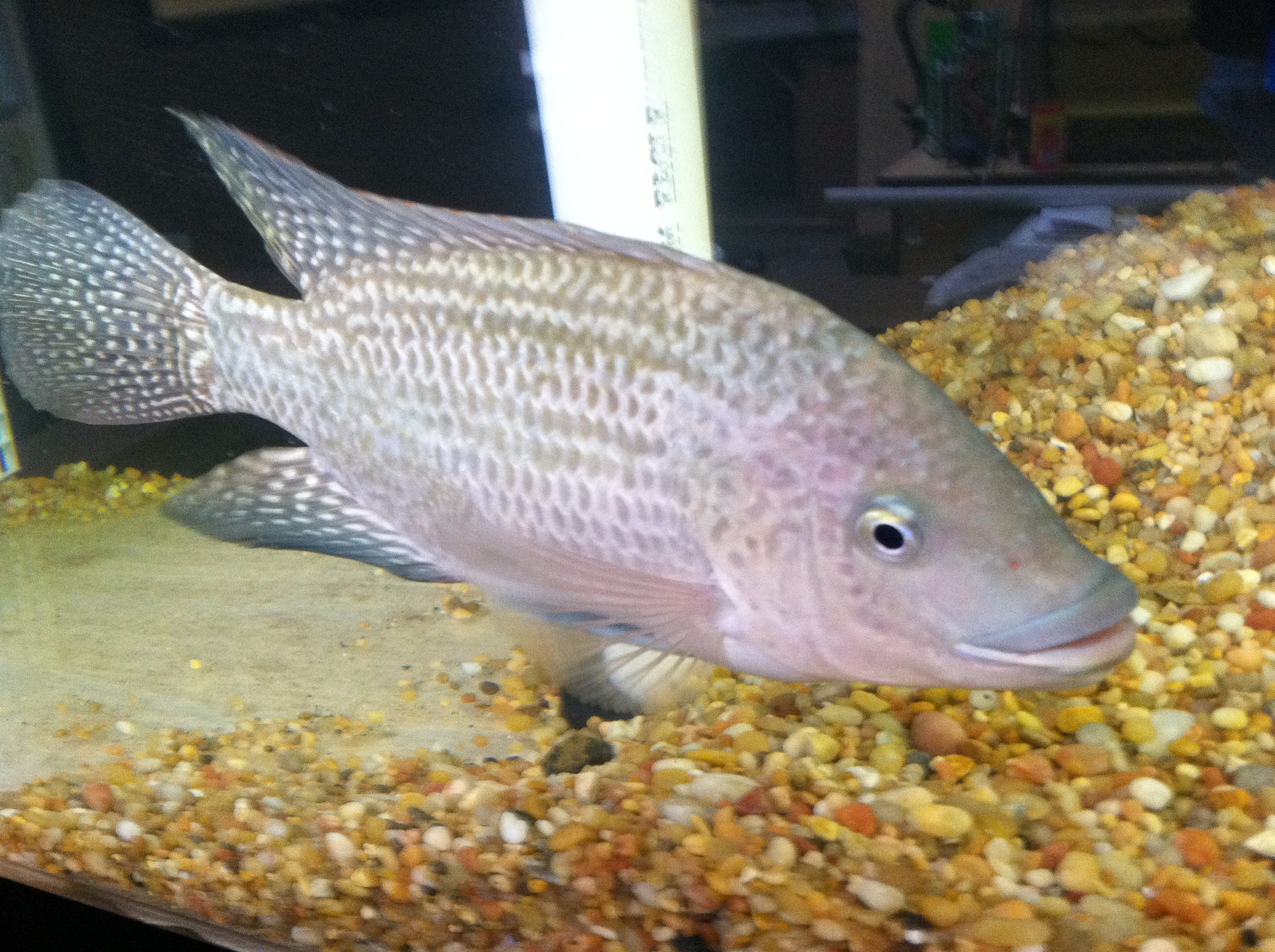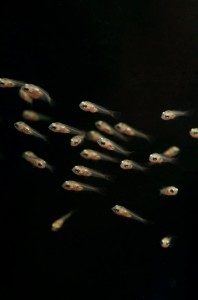What is the best water for Aquaponics? – Part I

What’s the best water to use in Aquaponics?
Part I: Water Source and Treatment 
Rainwater and potable pH neutral well water are the best choices for filling an aquaponic system. Many of us, though, are limited to our city tap water to charge the system. While in some regions this water may be ready to use right out of the tap, most municipal sources add chlorine and chloramine to the water for disinfectant purposes. These compounds make the water safe for us to drink, but unfortunately they are toxic to fish and to the nitrifying bacteria in the bio-filter. In the old days we could just let the water sit overnight with a bubbler and the chlorine would dissipate right out. Chloramine (chlorine and ammonia bonded together), however, has been in use since the 1980s and requires a little more effort to get it out of the system.
There are a number of water conditioners available through aquarium and pond supply shops. Normally, these are the go-to for aquarists and pond keepers.. Most of these products, however, are not certified for use with fish and plants that are intended for human consumption, and it says just that right on the bottle.
As an easy and safe alternative, a little vitamin C goes a long way. 100 milligrams of ascorbic acid (Vitamin C) will treat ten gallons of water! Adding 500 mg of ascorbic acid per 50 gallons of water effectively neutralizes the chlorine and most of the chloramine. Another option for removing these harmful compounds is by using a high-grade or medical-grade activated carbon prefilter. Canisters containing the carbon may be purchased or constructed and can be plumbed inline to prefilter all water entering the system.
Once an aquaponic system is up and running for a while, only small amounts of water are added to make up for water lost to evaporation and transpiration. In an established or ‘seasoned’ system, the replacement water usually does not require the water treatments discussed above. The plants, bacteria, and other micro-biota in the system will quickly neutralize and remove the harmful compounds.
In Part II, we will talk about pH and other water quality parameters.